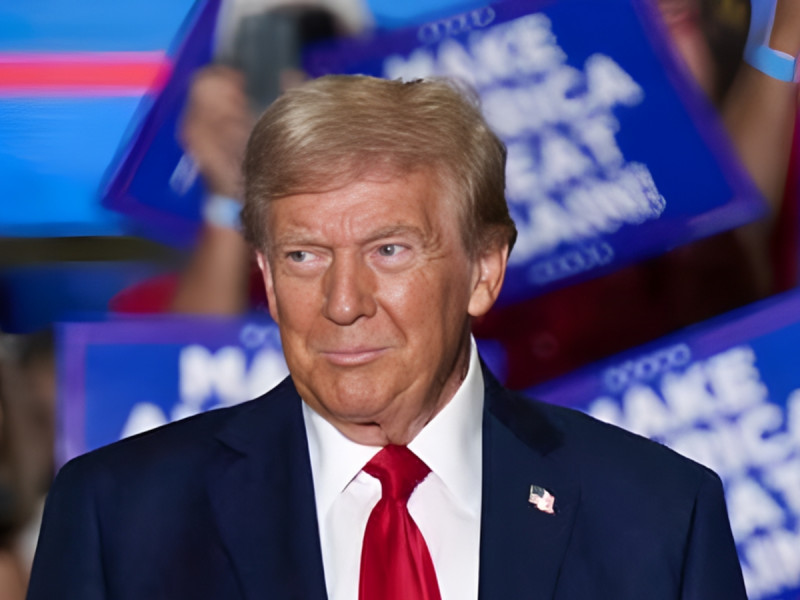A tense calm briefly settled over the Russian-Ukraine war as President Vladimir Putin declared a 30-hour “Easter truce,” halting Russian military operations from Saturday evening. However, both sides quickly accused each other of violating the ceasefire, with Ukrainian President Volodymyr Zelensky insisting Russian forces continued attacks despite Moscow’s pledge.
The Kremlin claimed Russian troops strictly observed the truce, but reported over Ukrainian drone attacks and hundreds of artillery strikes. In contrast, Ukraine documented more than,00 violations by Russian forces, including extensive shelling and assaults along the front lines. The disputed truce expired without extension, dashing hopes of a longer pause in hostilities.
Putin’s conditions for any lasting peace remain unchanged: Ukraine must renounce NATO ambitions, cede control of four Russian-occupied regions, and drastically limit its military—terms Kyiv rejects as surrender. Zelensky responded by proposing a 30-day unconditional ceasefire and a halt to long-range strikes on civilian infrastructure, but Russia has so far refused to engage.
On the ground, Russian advances have continued, particularly east of Oleshnya and in the direction of Sumy, while both sides accuse each other of exploiting the truce for tactical gains. As the war grinds on, the prospect of a meaningful ceasefire remains elusive, with both leaders locked in a high-stakes battle for leverage and legitimacy.


